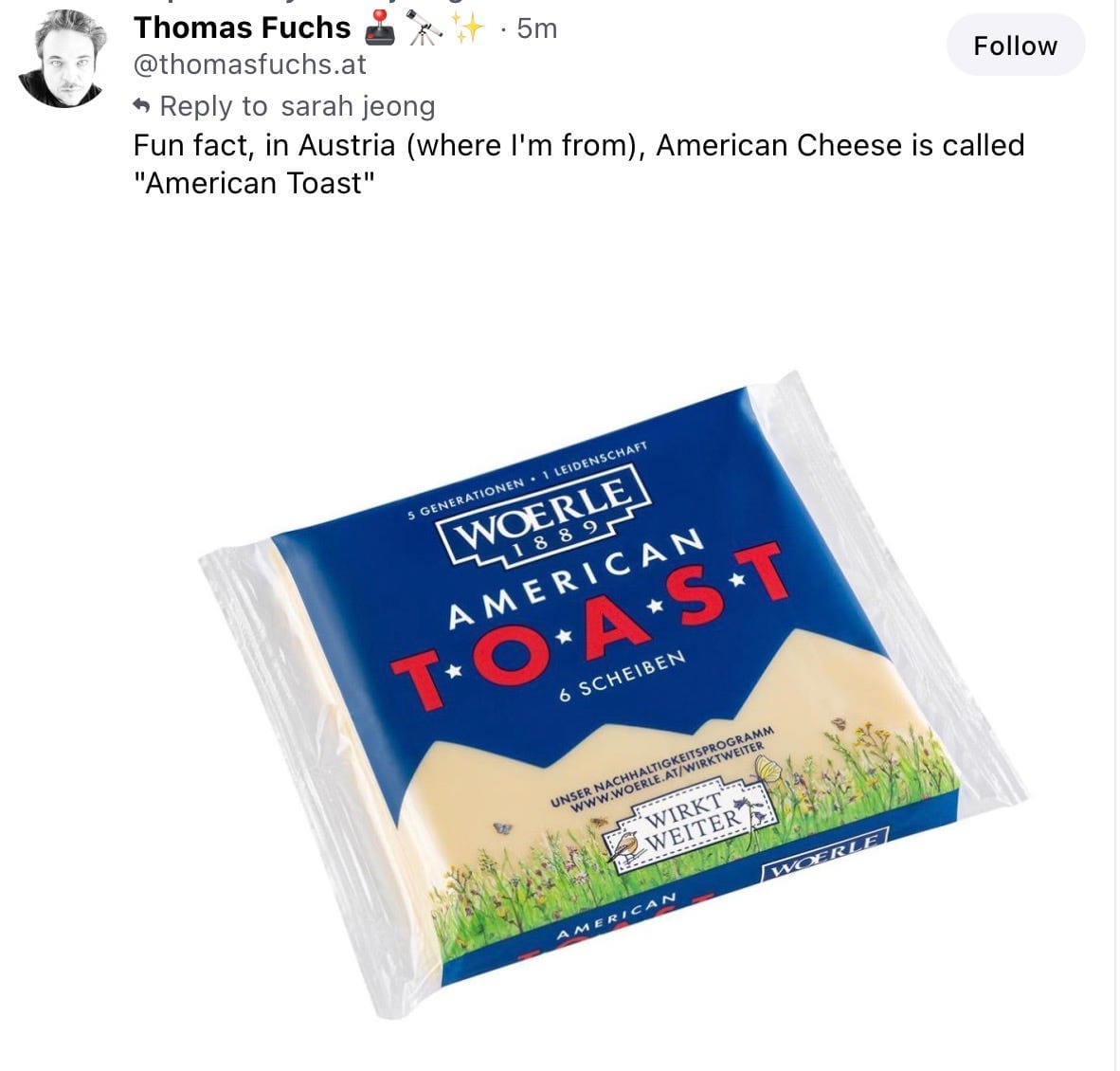Friday Bread Basket 5/26/23

Welcome to the Wordloaf Friday Bread Basket, a weekly roundup of links and items relating to bread, baking, and grain. I’m back from Minnesota and that brioche recipe is still kicking my ass. I haven’t given up yet, but this is the definitely first bread recipe I have thought about quitting on.
Pie School

I loved this essay by my friend Kate Lebo on recipe writing, which will appear in the upcoming Summer issue of Cake Zine. It gets at the maddening impossibility of writing a recipe that can be a reliable set of instructions for all possible cooks:
Everything we make is a product of the limits we inherit and the limits we choose. If a pie has no crust, it isn’t a pie. If the recipe for pie crust is confusing, wing it and pray. To write a better recipe, follow these four easy steps:
1. Ask yourself, who is my audience? How comfortable am I with failure—their failure and mine?
2. Divide your answers by the fact that more information doesn’t necessarily mean clear information.
3. Divide again by the fact that every time you edit a recipe, you might introduce an error.
4. Finally, remember that every time a person follows a recipe, they take your advice and remake it. Their failures are translations that keep the recipe alive.
I’m learning these lessons firsthand as I develop and share recipes for my bread book, though I’m not yet comfortable with the idea that “failures,” particularly with bread recipes, can be considered positive outcomes.


Milk Toast

Rossi Anastopoulo has written an excellent primer on the virtues of toasting milk powder before using it in order to add (or intensify) “browned butter” notes in a recipe for King Arthur:
British baker and cookbook author Edd Kimber started toasting milk powder after a chocolate maker let him in on a little secret: They made caramelized white chocolate with toasted milk powder. “This was a light bulb moment,” Edd says. He’s been using it in his baking ever since, including “double brown butter” cream cheese frosting (featuring both brown butter and toasted milk powder), cookies, cakes, and more. “Adding toasted milk powder to baked goods is like a secret flavor enhancer … I like to think of it almost as a seasoning.”
I use milk powder all the time, since I find it more convenient than buying milk. One thing that Rossi doesn’t mention is that milk powder is already more intensely flavored than milk because it gets partially toasted in the drying process; this trick just takes that flavor even further. Also: While Rossi sort of dismisses the use of toasted milk powder in a bread because there wasn’t enough of it to shine through, there’s no reason you can’t add more than the recipe calls for (either as milk powder or milk) in order to take advantage of that toasty flavor. (Try 1-2% as a starting point.)


Celestial Skills
I loved this NYT video from Priya Krishna’s “On The Job” series, on bagel maker Celestino García, who can hand-shape as many 17 bagels a minute:
Without Celestino García, New Yorkers might go without some of their most beloved bagels. At well-known shops like Court Street Bagels and Tompkins Square Bagels, you can see long lines out the door most mornings — but Mr. García’s work there is less visible. From 2 a.m. until late in the afternoon, he’s in the kitchen, mixing and hand-rolling dough in all kinds of flavors. Bagels can now be made by machine, so there aren’t many masters of the form left who can roll them by hand. But many bagel enthusiasts swear by the handmade approach, insisting that it produces a fluffier, chewier bite.
I spent a day with Mr. García as he went from shop to shop, casually rolling thousands of bagels at a time. And I learned how he became one of the most sought-after people in the New York City bagel business.
García is amazing and inspiring, but I sure wish he could ply his trade without needing to work 12 hours a day, 7 days a week without a single day off for decades in order to earn enough to support his family.

That’s it for this week’s bread basket. I hope you all have a peaceful weekend, see you all on Monday.
—Andrew





Member discussion